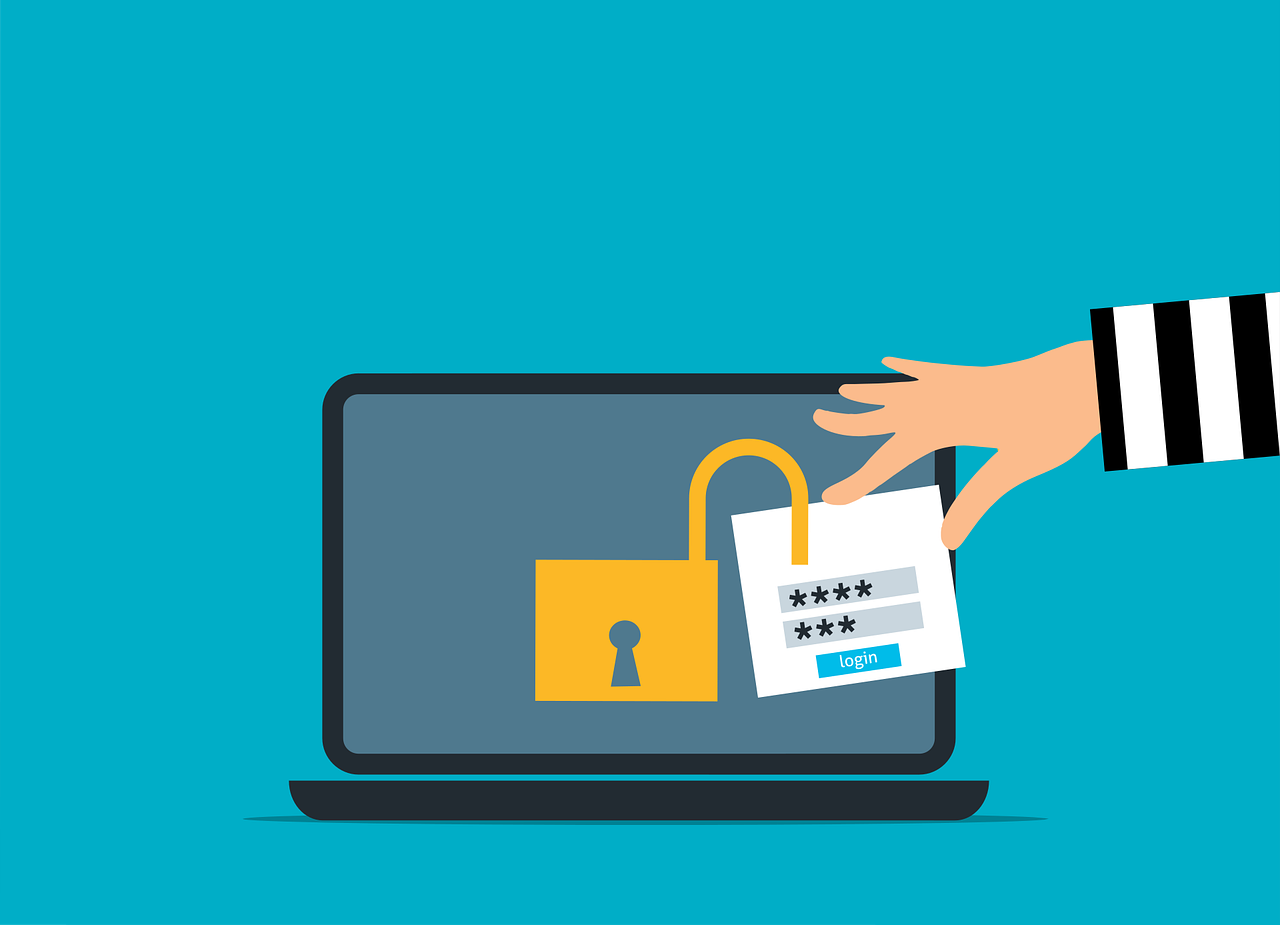How to Identify a Phishing Attack

Many of the more well-known cyber attacks of the last few years were enabled by phishing. In order to protect your business’ interests, you and your team need to be able to identify these social engineering attempts.
What Is Phishing?
Phishing is when a cybercriminal pulls a bait-and-switch, posing as someone they aren’t to steal data and/or access credentials. By posing as someone else, someone seen by their target as trustworthy, these attackers lull their target into a complacent sense of security.
There are many different kinds of phishing attacks, which can be split into two main categories. The first, general phishing, makes use of an email that is written to potentially apply to as many people as possible, as a means of maximizing the number of potential victims. The second is known as spear phishing, and focuses on quality over quantity. Rather than a generic message being sent to many people, spear phishing requires in-depth research and insights into a specific target. This has commonly proved effective, especially since these messages typically appear to come from an authority figure.
Phishing attacks can be used to steal credentials, infect a workstation or network with malware, or fool a business user into making false orders on behalf of the business. Naturally, none of this bodes well for the targeted business.
How to Recognize a Phishing Attempt
There are many tricks that cybercriminals use to disguise their phishing efforts, which can actually help you to identify them… as long as you know what you’re looking for. Identifying a phishing email involves paying close attention to various signs that might indicate its malicious intent. Here are some common indicators:
1. Suspicious Sender Address
-Unknown or unusual senders: Phishing emails often come from addresses that are slightly altered versions of legitimate email addresses.
-Inconsistent domain names: Check if the email is sent from a domain that doesn’t match the official domain of the supposed sender.
2. Generic Greetings and Lack of Personalization
-Generic salutations: Phishing emails often use generic greetings like “Dear Customer” instead of your actual name.
-Missing personal information: Legitimate companies usually have some of your information and will address you by name.
3. Urgent or Threatening Language
-Immediate action required: Phishing emails often create a sense of urgency or fear, pressuring you to act quickly (e.g., “Your account will be suspended unless you verify your information immediately”).
-Threats of negative consequences**: They might threaten account closure, fines, or other dire consequences if you don’t comply.
4. Suspicious Links and Attachments
-Hover over links: Hovering over links (without clicking) will show the actual URL. If it looks suspicious or doesn’t match the context of the email, it’s likely phishing.
-Unexpected attachments: Be cautious with attachments, especially if you weren’t expecting them. They could contain malware.
5. Poor Grammar and Spelling
-Typos and grammatical errors: Many phishing emails contain noticeable spelling mistakes and grammatical errors.
-Inconsistent formatting: Look for inconsistent fonts, colours, and layouts which might indicate a less professional source.
6. Request for Personal or Financial Information
-Unusual requests: Legitimate companies will never ask for sensitive information (passwords, Social Security numbers, bank details) via email.
-Links to input information: Be wary of links directing you to enter personal information, even if the page looks legitimate.
7. Unusual Requests and Offers
-Too good to be true: Offers that seem too good to be true often are. Be skeptical of unrealistic promises of wealth or prizes.
-Unusual requests: Emails requesting unusual actions (like transferring money) should be scrutinized.
8. Check the Email Header
-Email headers: Examining the email headers can reveal discrepancies in the sender’s information that are not visible in the email body.
9. Look for Official Logos and Branding
-Inconsistent logos and branding: Phishing emails may use low-quality images of logos or incorrect branding that looks slightly off from the legitimate company’s branding.
10. Verify with the Source
-Contact the organization: If you’re unsure, contact the company directly using a known and trusted method (like their official website or customer service number) to verify the email’s authenticity.
Examples
-Example 1: Suspicious URL: An email claims to be from your bank, urging you to click a link to verify your account. Hovering over the link reveals a non-bank URL (e.g., www.verify-abc-bank.com instead of www.abc-bank.com).
-Example 2: Generic Greeting: An email from “PayPal” addressing you as “Dear User” instead of your actual name.
-Example 3: Urgent Action: An email claims you’ve won a lottery and must click a link within 24 hours to claim your prize.
By carefully scrutinizing these aspects of an email, you can often identify phishing attempts and protect yourself from potential scams. Phishing is a frustrating issue to deal with, but it’s an even more frustrating thing if it is successful. Reach out to us to learn how we can protect your organization from email phishing with our Managed Security Services.



